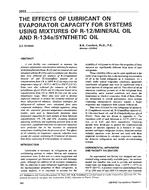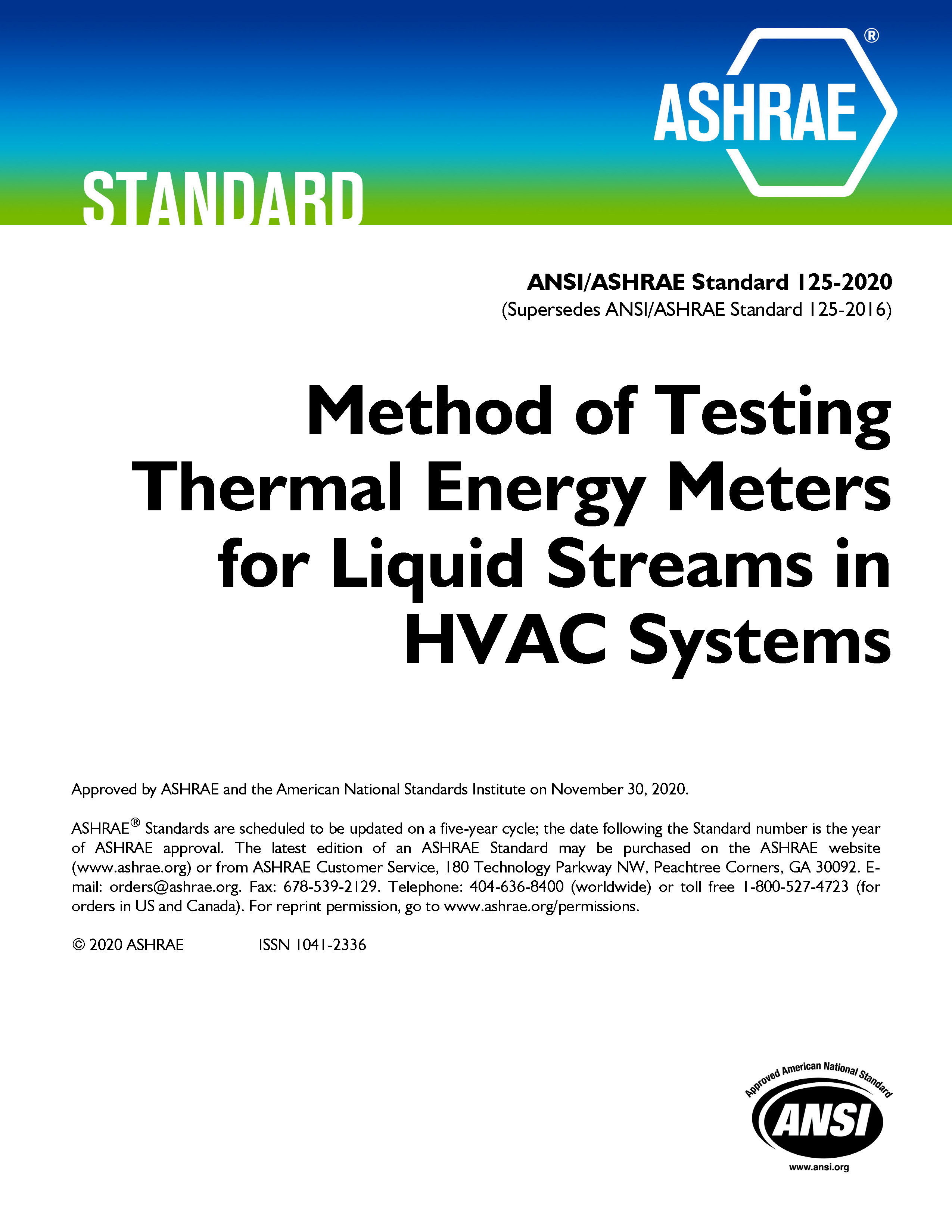In the heating, ventilating, and air-conditioning (HVAC) systems, Proportional-plus-integral (simply, PI) controllers are by far the most common control algorithm and this situation has not yet changed greatly. With a simple Proportional (P) controller, there would be an offset, which the operator could eliminate by the manual reset to compensate for thermal loads change. The automatic reset with an Integral (I) controller is absolutely necessary to make the control output be returned to the setpoint automatically. PI controller, however, often leads to a poorly damped response. Proportional-plus-integral-plus-derivative (PID) controllers have been more desirable than PI controllers due to the stabilizing effect of a Derivative (D) action. In practice, however, the D action has been frequently switched off for the simple reason that it is difficult to tune properly. In some situations, it might be possible to estimate thermal loads (or disturbances) before they entered the plant. A typical example is a certain system for HVAC systems in which the outdoor thermometer detects sudden weather changes and the occupant roughly anticipates thermal loads changes. Disturbances should be offset by the compensation of the manual reset. This control strategy can be called a type of feed-forward control. The control scheme with lower (or no) I action may be interpreted as a PD controller. The thrust of this paper is to offset thermal loads before they affect the control output and to confirm the effectiveness of compensation of the manual reset. For the sake of comparison, simulation results to demonstrate the validity of compensation method are somewhat superior to those with a traditional PI controller.
Units: SI
Citation: ASHRAE Transactions, Vol. 116, pt. 1, Orlando 2010
Product Details
- Published:
- 2010
- Number of Pages:
- 13
- File Size:
- 1 file , 1.5 MB
- Product Code(s):
- D-OR-10-033


